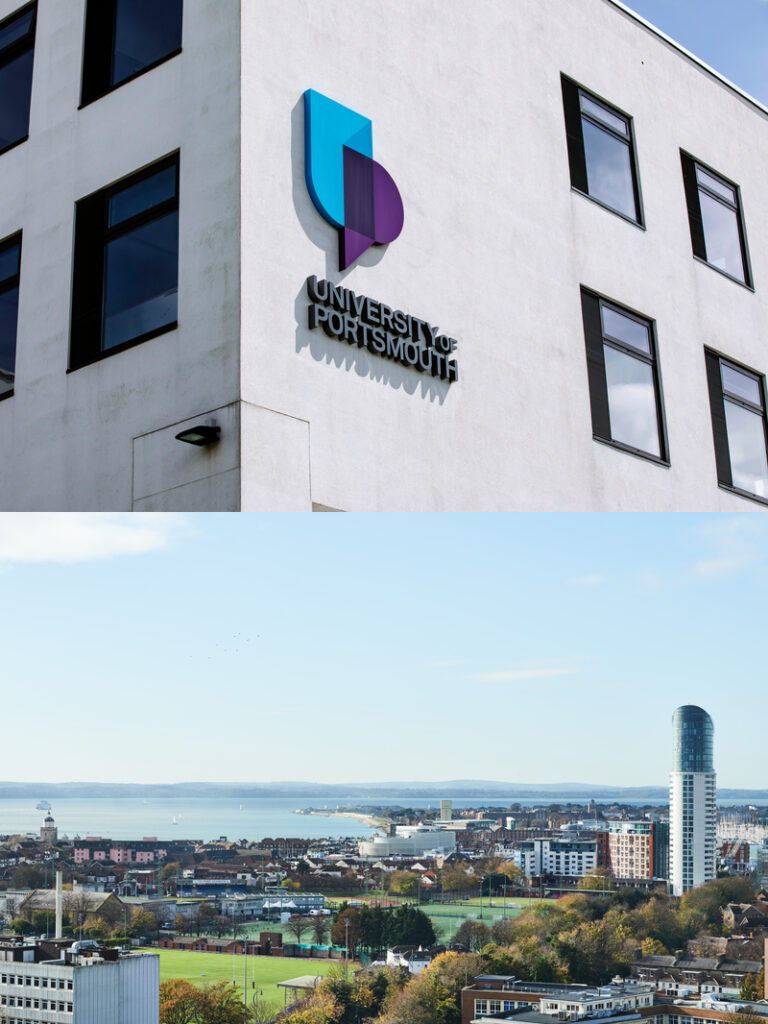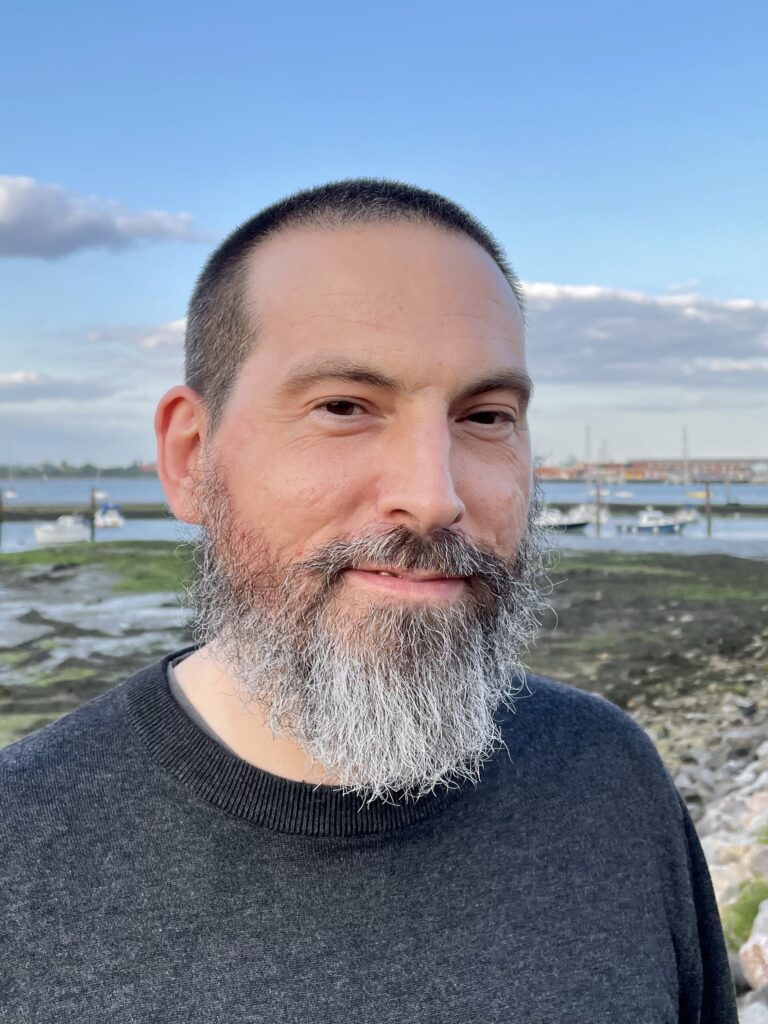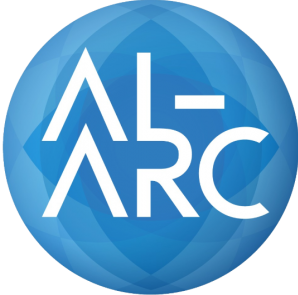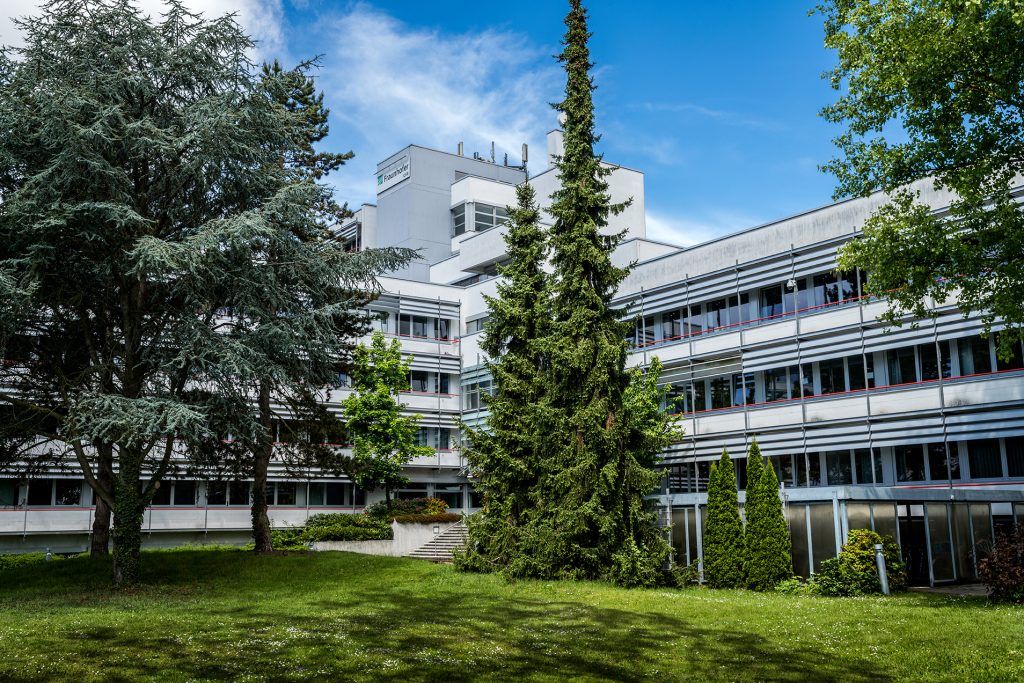
In this, the second of our series of AI-ARC web posts, we catch up with Dr Kevin Willis to find out about University of Portsmouth’s exciting role in the AI-ARC project and how the service UoP are developing will be used in the AI-ARC Virtual Control Room.
Can you give some background to University of Portsmouth?
The University of Portsmouth (UoP) is a top modern higher education and research institution based on the south coast of England. UoP receives good feedback from student satisfaction surveys and ranks highly in the UK research excellence framework. While maintaining close ties to the past in this historic naval city, the university is progressive and forward thinking, with one of the universities key research themes being sustainability and the environment. The university has recently been awarded a grant worth over £3 million which will bring it a step closer to its ambition of becoming climate positive by 2030.
We are measuring potential end-user opinions on the acceptance of the new technology being developed and how these views change through the project.
Can you describe in more detail University of Portsmouth’s role in the AI-ARC project?
The UoP AI-ARC team is involved with the project through leading tasks across three work packages. We are measuring potential end-user opinions on the acceptance of the new technology being developed and how these views change through the project, evaluating the individual component services of the AI-ARC Virtual Control Room in terms of what they can add to existing systems, creating a future deployment roadmap for these services at the end project, and also responsible for designing one of the specific services in the system – the risk index computation service.
What are your Individual research/ technical interests as a team?
Members of the UoP team are split across two of the university’s faculties, the School of Mathematics, in the Faculty of Technology and the School of Operations, Systems and People, within the Faculty of Business and Law. All the team are members of the Centre for Operational Research & Logistics (CORL) offering expertise in data, algorithms, system design, modelling, programming, and decision-making. Recent research produced from the UoP team has been in diverse application areas like off-shore windfarm maintenance and drone inspection technology, Arctic and North Atlantic security and safety, allocating novel robotic devices to treatment centres, and modelling support in humanitarian crisis.
The part of the project that has been both the most interesting, is also the greatest challenge, and that is the complex nature of all the interconnected elements.
What do you find most interesting or challenging about University of Portsmouth’s role in the AI-ARC project?
The part of the project that has been both the most interesting, is also the greatest challenge, and that is the complex nature of all the interconnected elements. The designing of a service to aid decision-making in a perilous maritime context based on a set of use case scenarios to demonstrate effectiveness, the communication within the main AI-ARC system, the data requirements, the multiple services all based on advanced Artificial Intelligence ideas – and all this done with the further challenge of cross-border cooperation and collaborating with the wide range of project partners. This complexity can seem daunting but offers a real opportunity to be involved in important and interesting research.

What is your involvement in the preoperational testing?
The upcoming pre-operational testing is another big step in the project and for the services being developed. After previous demonstrations to test service integration and communication the aim is now to achieve meaningful service output and gather feedback from users participating in the tests about the system performance and the individual services. UoP are involved in a key project task of reporting on the maturity of the services and their value added to current system capabilities. We will use the feedback and system output from this testing stage as part of a future technology roadmap of what is required to have these services ready for full operational use. Of course, as one of the service developers we are also looking forward to using these tests to gather more information about the performance of our risk index.
The index will offer a multi-level output measure, which will not only indicate when risk is high, but should clearly indicate as the risk levels change with time.
Can you tell us more about the service you are developing on risk computational indexes? what are the aims of the service to contribute to the overall project?
The service we are responsible for is the risk index computation service, with risk and security being a second of UoP’s key research themes. This service is not intended to identify the specific risks, those have been outlined earlier in the project, but to assess the risk level for certain identified challenges like vessel grounding, collisions, route planning, and oil spill prevention. The service will use the available data sources, together with human-factor expert information, to act as a dynamic tool as an aid to measuring situational awareness. The index will offer a multi-level output measure, which will not only indicate when risk is high, but should clearly indicate as the risk levels change with time. These risk levels will then be visualized within the AI-ARC Virtual Control Room.
We view the risk service as a useful tool as an aid to decision making alongside all other information available to the system user.
How do you think this service can complement other services?
We view the risk service as a useful tool as an aid to decision making alongside all other information available to the system user. For example, if the risk index level changes for a specific risk type this could be registered by the user who can then look at an accompanying service to see if action needs to be taken. It is hoped that in these situations the risk index can be considered as a potential early warning system, with incident likelihood together with potential severity being key aspects of the risk evaluations. This service should help decision makers to assess risk of the various scenarios, so that actions related to prevention or mitigation can be activated.
What’s next in terms of follow on projects?
With UoP being involved in the ARCSAR project identifying safety and security needs and monitoring potential innovation solutions in the Arctic and North Atlantic region, as well as the AI-ARC project where innovation is happening it is hoped we can continue in the area of safety and security research in future projects, including the Arctic, Baltic and North Atlantic maritime regions. Like many AI-ARC partners, we are very concerned, and hence interested in researching the topic of critical underwater infrastructure. As a university, we have entered into a twinning agreement with a Ukrainian University, and our team is hence in the initial stages of joint safety and security research in a couple of fields, but for now we remain concentrated on preparing for a successful pre-operational testing in the AI-ARC project.






